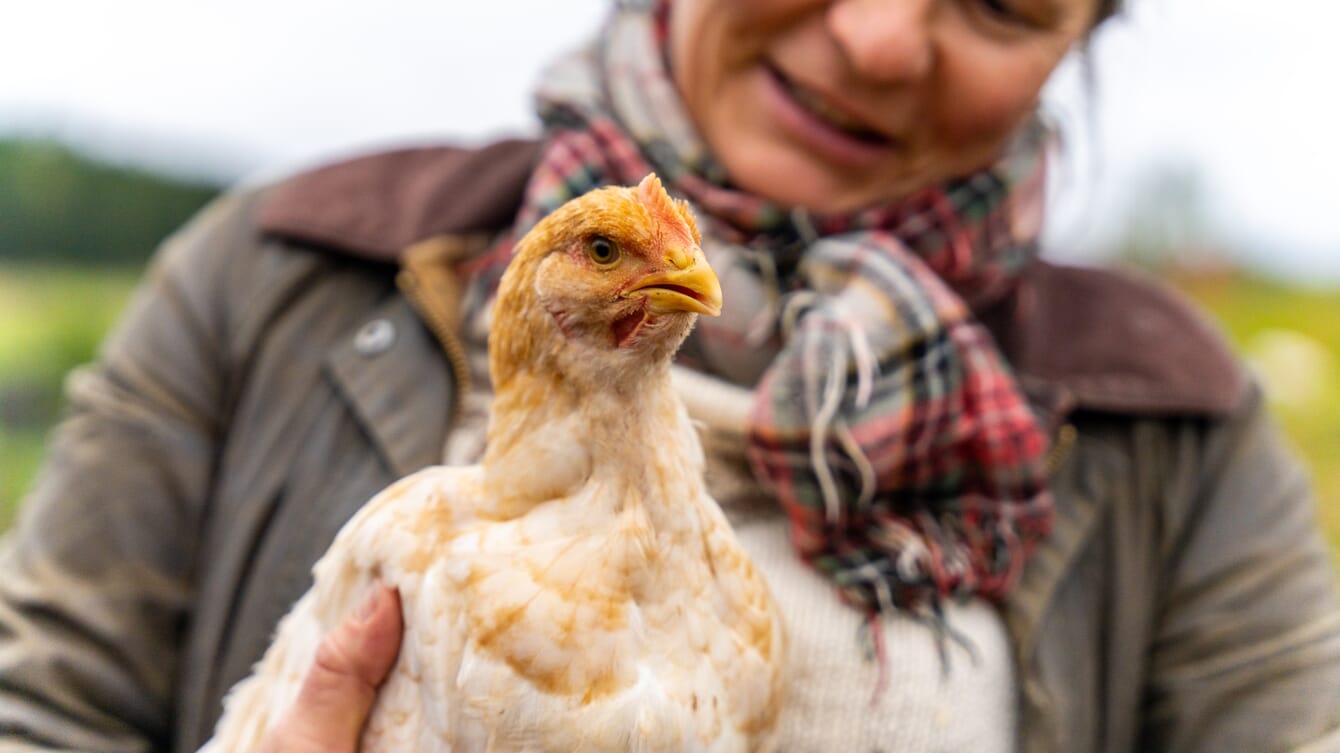
The Norwegian Seafood Research Fund is a publicly financed organisation that invests in research and innovation for Norway’s seafood industry © Norwegian Seafood council
Norway’s fisheries and aquaculture sector accounts for around 25 percent of all seafood imported to Europe. At the same time, both Norwegian and European salmon producers remain dependent on imported soy, mostly sourced from overseas.
Across Europe, researchers and feed producers are working to reduce their dependency on soy imports from the United States and Brazil. In Norway, several large-scale projects are now developing new feed ingredients based on national and European side streams – from breweries, poultry processing and agriculture.
Poultry Leading the Way
In the Norwegian Seafood Research Fund (FHF)-funded project “Poultry meal as a protein source in salmon feed”, led by Nofima, European poultry by-products are being tested as replacements for soy concentrate. Seafood producer Lerøy has already started large-scale use of European chicken bone meal in its feed – a clear indication that the link between European agriculture and Norwegian aquaculture is becoming real.
By-products from poultry have already been introduced into salmon feed production in Canada and Chile, showing that the concept is both practical and scalable.
“This is about making better use of the resources we already have here in Europe,” said Ståle Walderhaug, managing director of the Norwegian Seafood Research Funding (FHF), in a press release.
From Breweries to Fish Farms
The Institute of Marine Research (IMR) leads the project “A more sustainable salmon feed with high-protein brewer’s grain”, funded by FHF with NOK 7.7 million. Researchers are exploring how the protein-rich residue from beer brewing – known as brewer’s grain – can be refined and stabilised for use in aquaculture feed.
“Brewer’s grain is often treated as low-value animal feed, but it holds great potential,” said Renate Johansen, R&D director at FHF. “If we succeed, European breweries could become suppliers to a new, green feed industry.”
Building Europe’s Food Resilience
Currently, about 90 percent of protein used in Norwegian salmon feed is imported, mainly soy from South America. Soy currently makes up around 20 percent of the ingredients in Norwegian salmon feed. This is why Norwegian researchers now aim to replace soy imported from the United States and Brazil with by-products from European agriculture.
FHF’s projects are part of a broader European push to strengthen regional feed production and reduce dependency on global supply chains.
“This is not only about sustainability, but also about strategic food security for Europe. We must be able to produce more of its own feed ingredients together with European industry,” added Walderhaug.
FHF is funding several other Norwegian research projects exploring alternatives to soy protein in salmon feed, including:
- Microalgae grown using captured carbon emissions (NOK 15.7m; lead: Tom Ståle Nordtvedt, SINTEF Ocean)
- Poultry protein for salmon feed (NOK 18.0m, incl. NOK 14.3m from FHF; lead: Bjarne Hatlen, Nofima)
- High-protein brewer’s grain in salmon feed (NOK 10.1m, incl. NOK 7.7m from FHF; lead: Øystein Sæle, IMR)
- Shell meal in cod feed (NOK 878,000; lead: André Bogevik, Nofima)
- Tunicates as a new feed ingredient (NOK 10.1m, incl. NOK 9m from FHF; lead: Inger Beate Standal, SINTEF Ocean)
- Grass proteins for salmon (NOK 14.4m, incl. NOK 6.7m from FHF; lead: Turid Mørkøre, NMBU)




